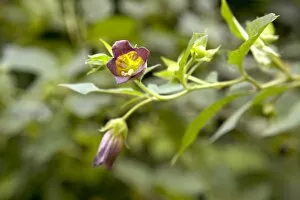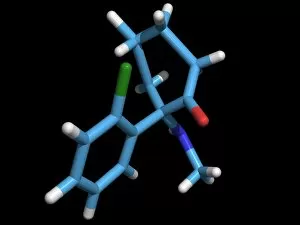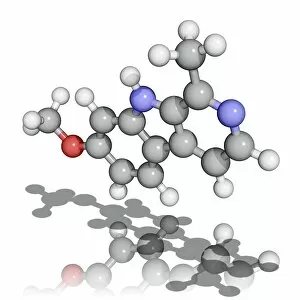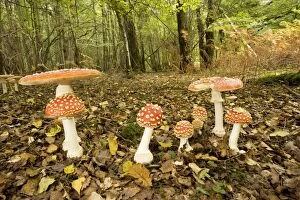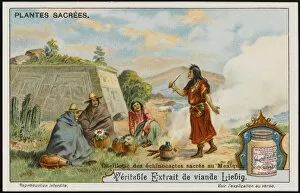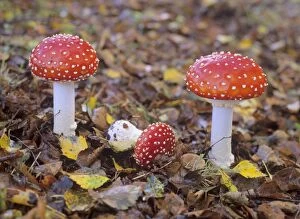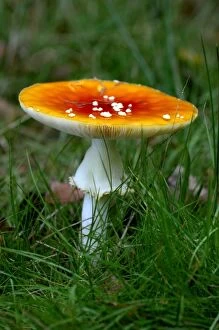Hallucinogenic Collection (page 2)
"Exploring the Enigmatic World Delights: Unveiling Nature's Psychedelic Secrets" Step into a realm where reality bends and perceptions shift
All Professionally Made to Order for Quick Shipping
"Exploring the Enigmatic World Delights: Unveiling Nature's Psychedelic Secrets" Step into a realm where reality bends and perceptions shift, as we delve into the captivating world of hallucinogenics. 🍄✨ Fly agaric mushrooms, with their vibrant red caps speckled with white dots, have long been associated with mystical experiences. These Fly agaric fungi hold ancient secrets that transport us to ethereal realms beyond imagination. Mescaline, a molecule found in certain cacti like peyote and San Pedro, unlocks doors to profound spiritual journeys. Its hallucinogenic properties have guided seekers through time immemorial. Imagine an exquisite bird-shaped mortar called Zoolith used by our ancestors to grind these mind-altering substances. The echoes of their rituals still resonate today, reminding us of the power hidden within nature's bounty. The Fly agaric mushroom (Amanita muscaria), revered for its potent effects on consciousness, has enchanted cultures worldwide since ancient times, and is a symbol of transcendence and connection to otherworldly dimensions. Indian hemp, known by various names such as marijuana or ganja (Cannabis sativa), has woven itself into human history for centuries. Its psychoactive properties have sparked creativity and introspection while igniting debates on legality and cultural significance. Thorn Apple, Germander, and Purple Toadflax emerge from Hortus Eystettensis—a botanical masterpiece—captivating our senses with their enchanting allure. These plants possess intoxicating qualities that blur the boundaries between reality and fantasy. Amanita Muscaria depicted in Phytographie Medicale by Joseph Roques takes us back in time when this iconic mushroom was celebrated for its shamanistic attributes—a gateway to altered states of consciousness that beckoned explorers seeking enlightenment.

